- Our Products
- Upper Extremity
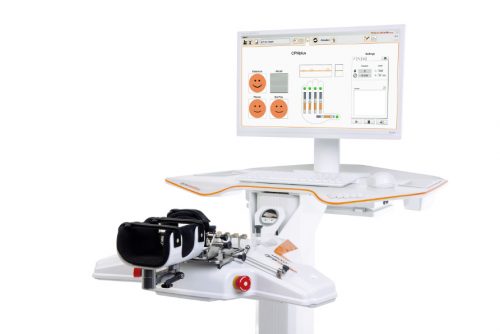 AMADEO The hand therapy world champion
AMADEO The hand therapy world champion
Boredom in finger-hand rehabilitation? Not with AMADEO! Motivation in the course of therapy is just as essential as fingers and hands are for daily life. Regardless of whether it is an adult or child, AMADEO increases therapeutic ambition with sophisticated robotics and a playful approach, and also visualizes the smallest successes in all phases of rehabilitation. Bottom line: AMADEO is simply unique.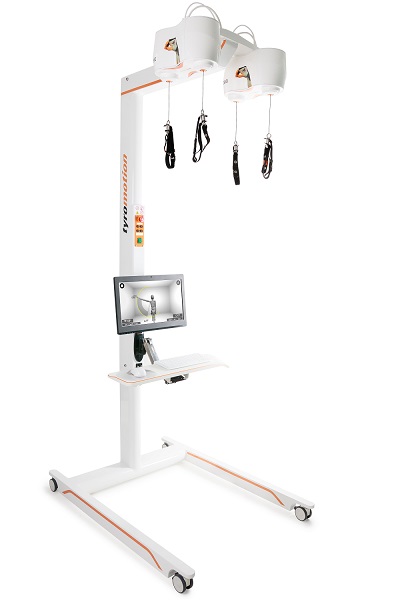 DIEGOBilaterally back to life
DIEGOBilaterally back to life
Finally go fishing again? DIEGO® skilfully assists patients with its unique intelligent weight relief. With its three-dimensional therapeutic area and virtual reality, DIEGO® enables the ideal transfer of what you have learned into everyday life – exactly with the required support. Nothing more and nothing less.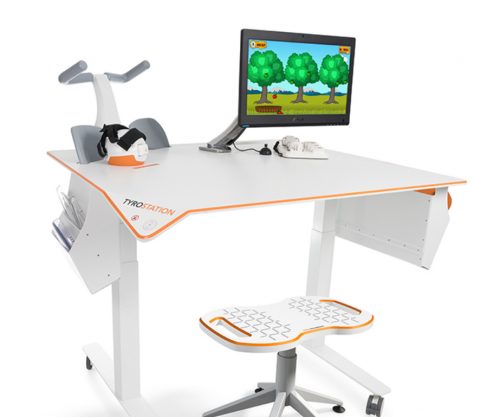 TYROSTATION Endless options, well organized
TYROSTATION Endless options, well organized
Anyone who is as versatile as PABLO® and TYMO® needs structure to really unfold. The Tyrostation is home to all individual components of our two all-rounders and also provides perfect ergonomic adaptability for every patient.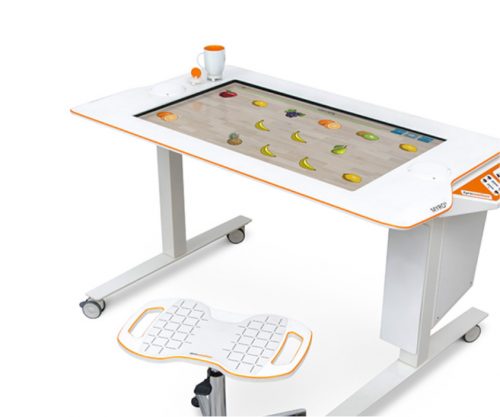 MYRO Full of variety, versatility, innovation and creativity
MYRO Full of variety, versatility, innovation and creativity
Real objects, power control, touch applications and a whole lot of fun: this is what constitutes goal-oriented, intuitive therapy with MYRO. The sensor-based surface is the basis for creative therapy which brings about meaning and self-determination in daily life.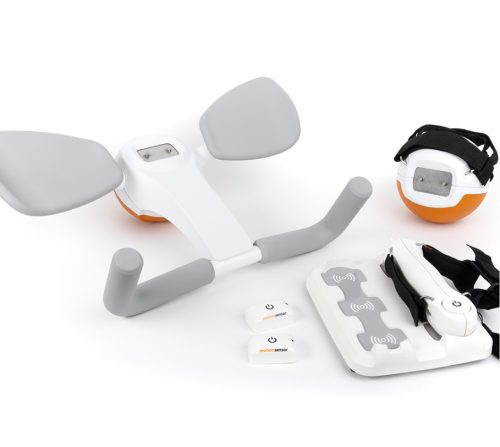 PABLO As versatile as life
PABLO As versatile as life
PABLO® is an all-rounder when it comes to activities of daily living. Position sensors and numerous accessories open up incredibly versatile therapeutic options in a safe environment for patients of all impairment levels.
- Lower Extremity
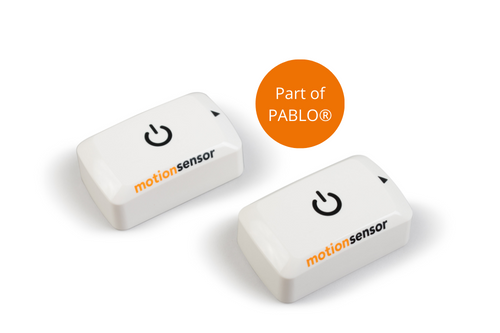 PABLO Lower ExtremityPart of PABLO®
PABLO Lower ExtremityPart of PABLO®
Always know where therapy is going
PABLO® Lower Extremity, our gait analysis and training system, precisely measures the parameters which are required for the selection of the most effective therapeutic measures for gait improvement. Simple and location-independent application as well as size-independent measurement makes the package complete – small device, great effect!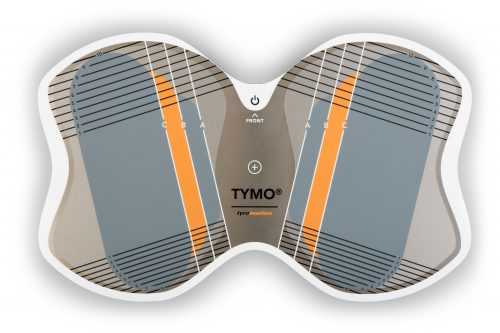 TYMO Balance in perfection
TYMO Balance in perfection
TYMO, a portable posturography system and the world’s thinnest balance platform. Flexible in application, TYMO trains postural control in a sensitive, specific and meaningful manner, and is therefore the basis of all movements. Motivation and fun are included.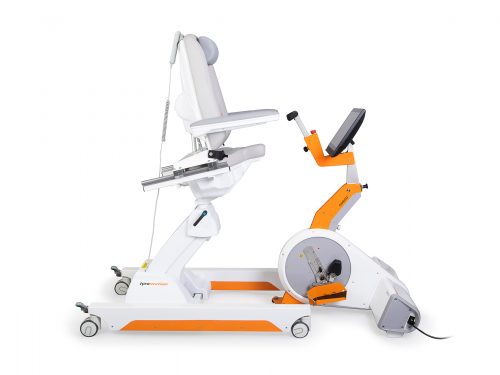 OMEGO Plus Therapy for all phases of gait rehabilitation gone motivational
OMEGO Plus Therapy for all phases of gait rehabilitation gone motivational
Two separate drives mobilize the patient in an effortless, isolated and focussed manner, and therefore make OMEGO® the long-desired stopgap between mobilization and locomotion. What else remains for patient and therapist to do? Train in a motivated manner, have fun and achieve goals.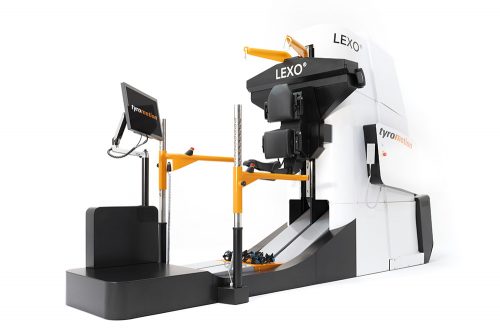 LEXOGait training at its best
LEXOGait training at its best
Maximum number of steps and intensity, low in height, easy handling and fast setup time: Impossible? It works! With LEXO® patients take the first impressive steps back to mobility and enjoy the feeling that things are finally getting better again.
- MTT-Line
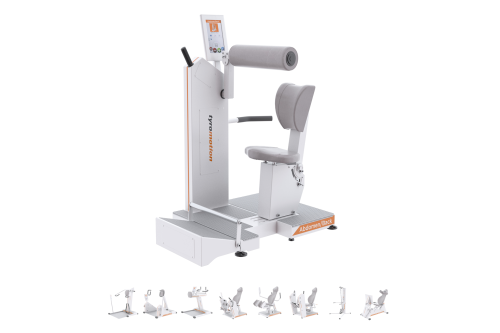 MTT-Line Medical training therapy
MTT-Line Medical training therapy
The barrier-free MTT-LINE specifically strengthens the six major muscle groups of the human body.
- Software
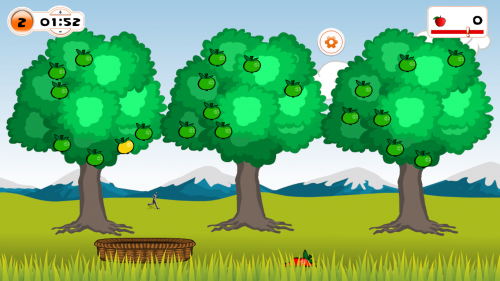 TyroS The heart of our technology
TyroS The heart of our technology
Our TyroS software – developed by and together with therapists – is the heart of our technology that combines devices, know-how and therapeutic games. It is a sophisticated therapeutic system that helps challenge and encourage patients.
- Upper Extremity
Rehabilitation
Infantile Cerebral Palsy (ICP) – Childhood under special conditions
4. October 2022 ● 5 min. Reading time
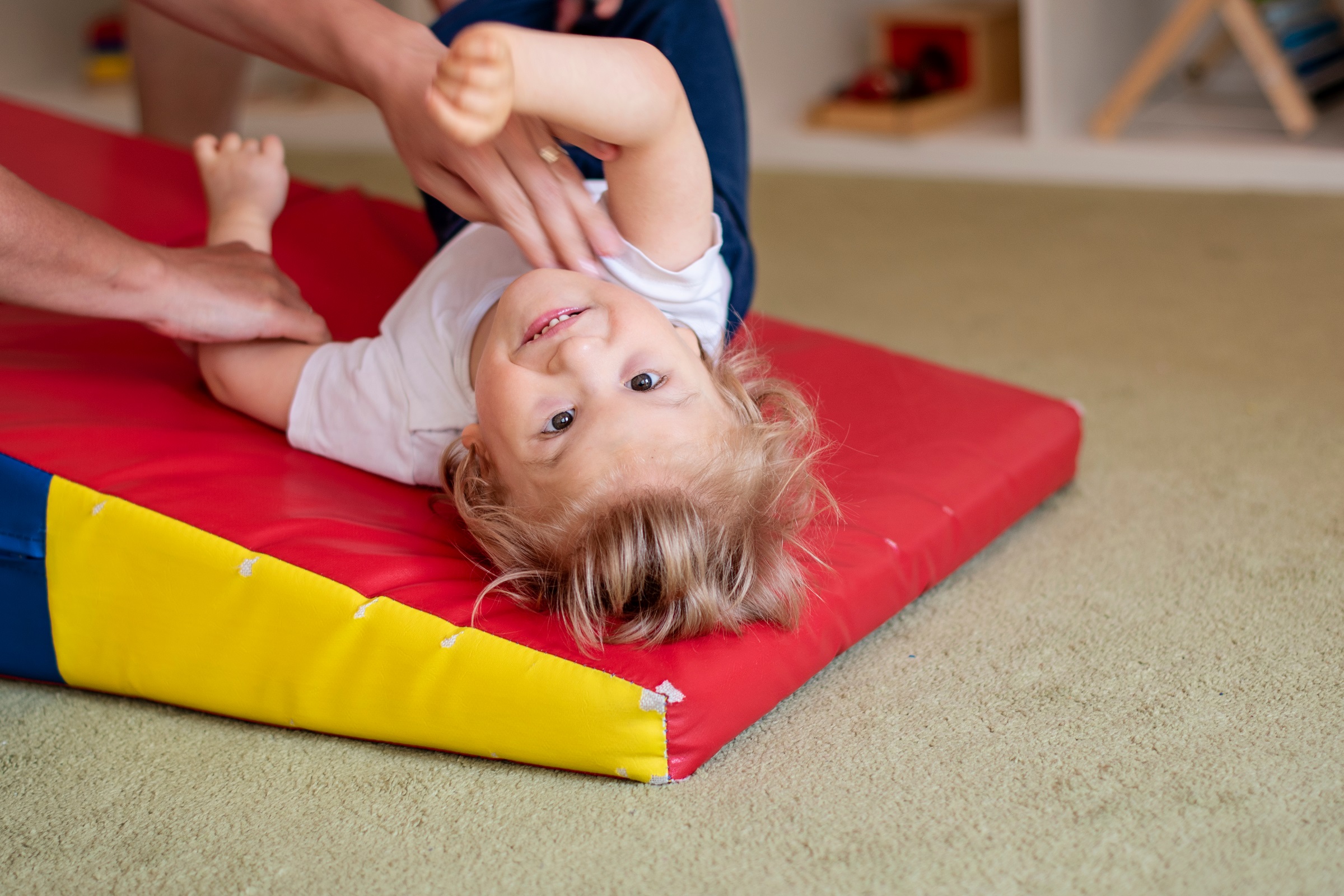
What causes ICP?
A variety of factors can cause cerebral palsy. Only in about half of all cases can an actual cause be established. About 20% of ICP cases have their origin in immediate peri- or postnatal events.
It is possible that an unborn child’s brain develops incorrectly or suffers damage during pregnancy or before birth (intrauterine, prenatal). An infection of the mother, damage to the unborn child caused by alcohol and/or drug use, various medications, thrombosis of the unborn child, carbon monoxide poisoning or insufficient oxygen supply can cause prenatal ICP.
The brain can also suffer damage during birth (peripartum). A birth is a strenuous process for both mother and child. Disruption of blood circulation or birth trauma may cause cerebral palsy.
Damage occurring after birth (postpartum) is usually caused by infection of the newborn, thrombosis, or enterotoxins (toxins produced by micro-organisms). Babies born prematurely are particularly at risk. Bacteria and toxins can cause “poisoning” in newborns’ immature intestines, which may spread to the brain via the bloodstream and cause damage.
If the damage to the brain occurs within the first two years of life, the condition is known as infantile cerebral palsy. The main causes include severe illness, such as meningitis (inflammation of brain membranes), sepsis (blood poisoning), or injuries such as traumatic brain injuries or severe dehydration (insufficient fluid intake).
How is ICP diagnosed?
ICP is often difficult to diagnose in newborns. Usually, delayed development is observed over time. These children acquire motor functions later than their peers or not at all.
They may exhibit reduced coordination, suffer from spasticity (muscle stiffness, cramps), have impaired vision or hearing, and/or demonstrate reduced ability to speak. Recurring epileptic episodes are also possible.
To determine the cause of such symptoms, an MRI (magnetic resonance imaging) of the brain is performed. If no clear diagnosis is possible, nerve and muscle function tests can be helpful. A careful look at the medical history can narrow down possible causes.
What are the symptoms of ICP?
Symptoms of ICP can range from mere clumsiness to severe physical disabilities. Not only may areas of the brain controlling motor function be affected, patients may also exhibit behavioral disorders, impaired vision/hearing, and/or reduced intellectual capacity. They may also suffer from epileptic seizures. If facial muscles are affected, the ability to speak may also be reduced.
Impairment of motor function caused by ICP is categorized into four main groups:
- Spasticity – stiffness and weakness of muscles
There are different forms of spasticity. It can predominantly affect one extremity (spastic monoparesis), one half of the body (spastic hemiplegia), both legs (spastic diplegia), or all extremities (spastic tetraplegia). Muscle tone in the torso is often reduced (hypotonic).
Spasticity affects about 80% of children with ICP, making it the most common ICP symptom.
- Dyskinesia – interruption of motion sequences
Children suffering from dyskinesia struggle to coordinate their movements. Involuntary, writhing (secondary) movements occur. These movements can be convoluted, abrupt or jerky. Emotions may exacerbate dyskinesia. These involuntary movements disappear when the child is asleep.
As facial muscles may also be affected, speech problems may occur.
- Ataxia – difficulties with coordination of movements
Ataxia is an impairment of muscle movement coordination caused by damage to the cerebellum. Muscles are often weaker, movements can be trembling (tremor), and rapid motion sequences and fine motor functions are difficult to execute. The patient’s gait is wobbly and insecure.
- Mixed-forms of ICP
Patients usually suffer from a mixed form of spastic and dyskinetic ICP. In mixed forms, additional limitations such as reduced intelligence or behavioral abnormalities are much more common.
With all forms of ICP, movements and muscle tone changes may cause secondary damage. Common are deformities of the feet and the legs, especially hip subluxation. Spinal scoliosis is also possible. One-sided load-bearing when sitting or lying can cause open areas of skin (decubitus ulcers) and reduced bone strength (osteoporosis).
How can ICP be treated?
ICP is a highly complex condition with many challenges for parents and children. Parents and children often have to complete “marathons” of medical and treatment appointments. There can also be considerable financial challenges as physical growth requires new adjustments to medical equipment and aids.
Close cooperation between different medical and therapeutic specialties is needed to allow children with ICP as much independence as possible.
The child’s development is assessed at regular intervals to optimize treatment and aids to the best possible degree. Physiotherapy and occupational therapy start early and are continued long-term. The main goals are to achieve maximum movement capabilities and independence for the child. As the child gets older, preventing secondary damage plays an important role, too.
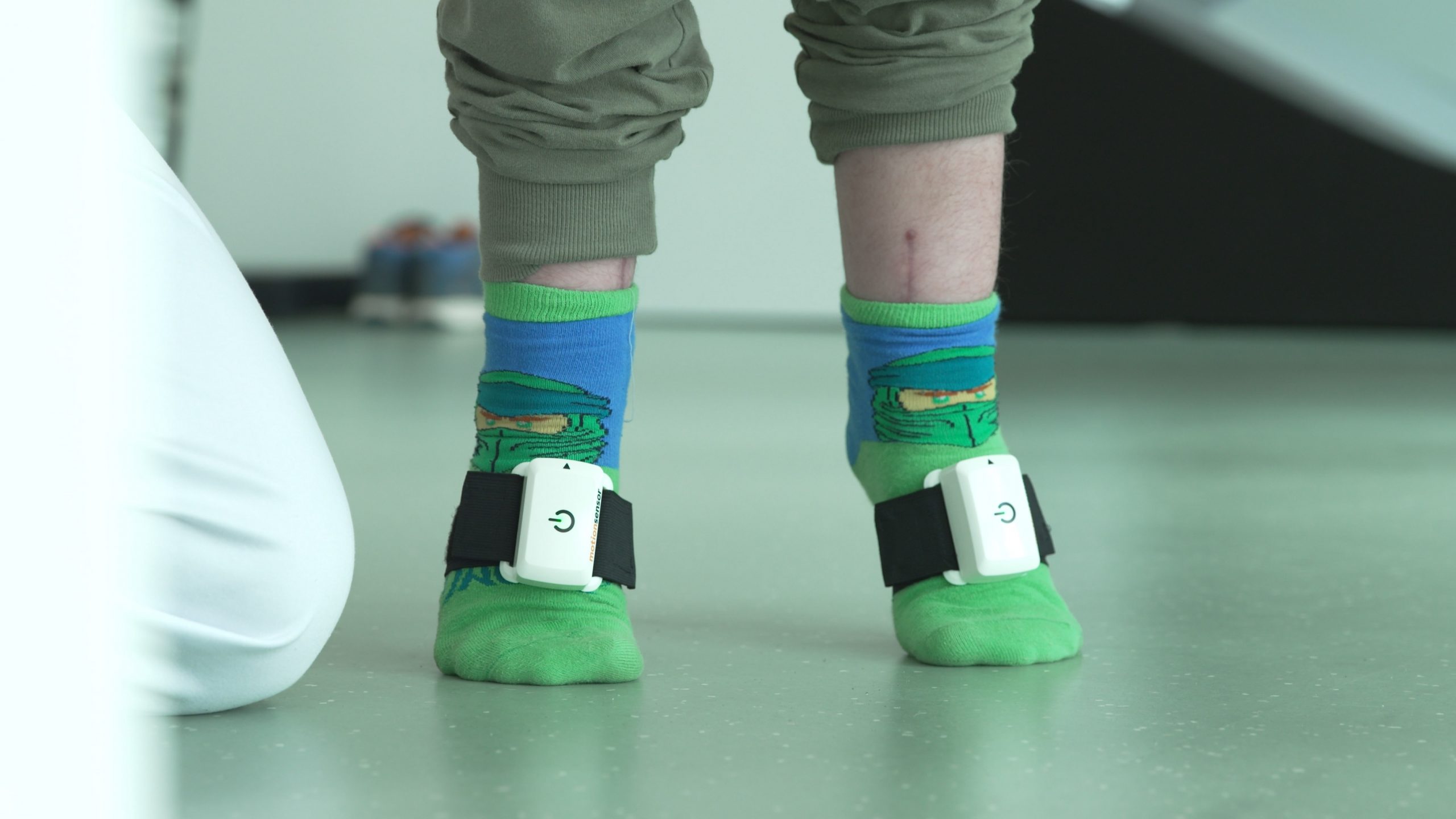
In addition to occupational and physiotherapy, technology-based therapy, speech therapy, psychological support and hippotherapy (therapy centred around horses) can be beneficial.
When physical limitations are more extensive, it may be necessary to inject spasticity-reducing medication, or botolinum toxin A, to regain the ability to move.
When conservative therapy options are exhausted and no further progress can be expected, surgical corrections may be an alternative. This is necessary in the case of contractures or deformities that make it impossible for the child to sit or to be cared for.
What is the prognosis for ICP?
There is no complete cure for ICP. The prognosis very much depends on the severity of the damage. If the limitations are minor to moderate, life expectancy is almost identical to the norm.
As parents, you can help your child achieve their full potential. It is important to experience as much “normal” daily life as possible. Every activity promotes the individual resources of the child and allows for a childhood beyond the condition.
Author: Saskia Wibner
You might also be interested in
4. April 2023
Health
Rehabilitation
Stroke nutrition guidelines for optimal health
Nutrition as the key part in health and well-being of stroke survivors A healthy, balanced …
21. March 2023
Rehabilitation
Kinesio taping in neurology as a useful therapy supplement
The Kinesio tape and its usefulness in neurological therapy What was originally known only from …
7. March 2023
Rehabilitation
Exercises against freezing of gait in Parkinson’s disease
When the legs freeze – how does the symptom “Freezing of Gait” manifest itself? Parkinson’s …








